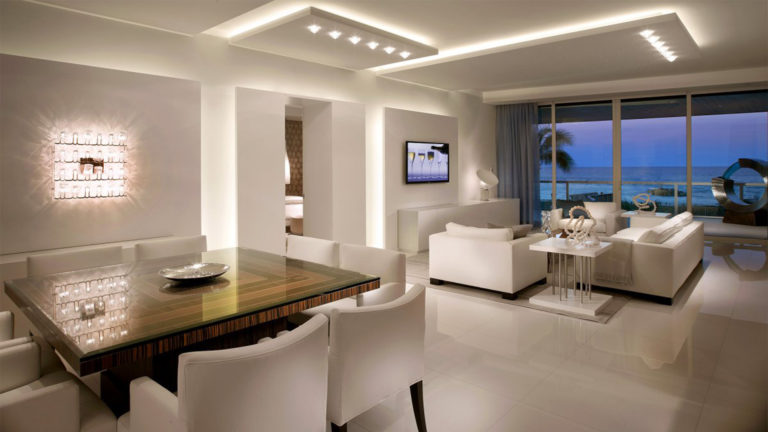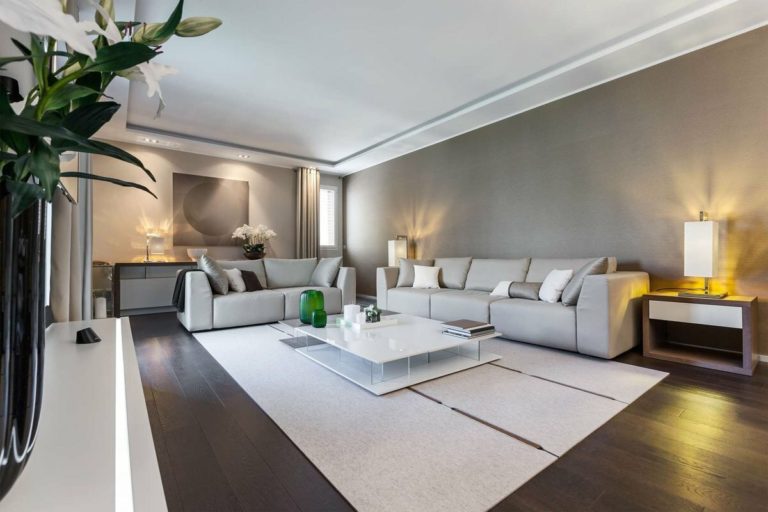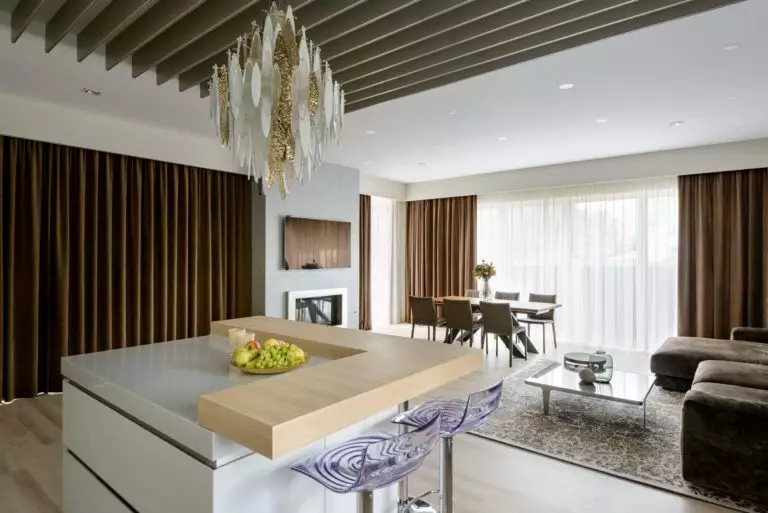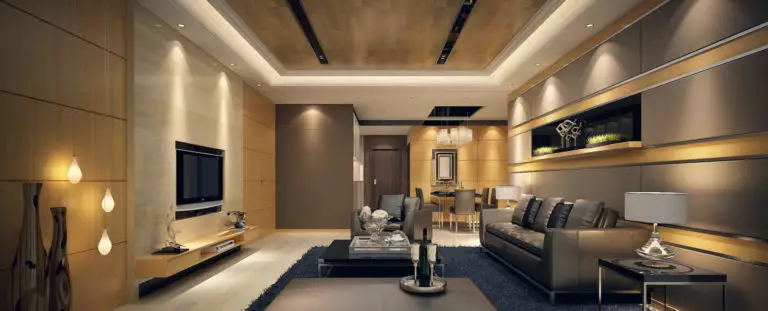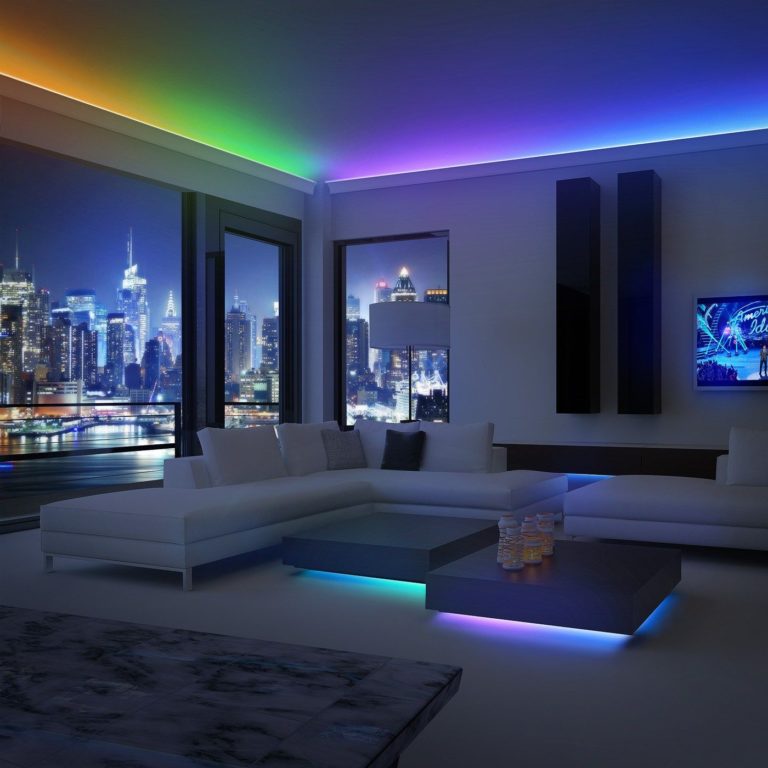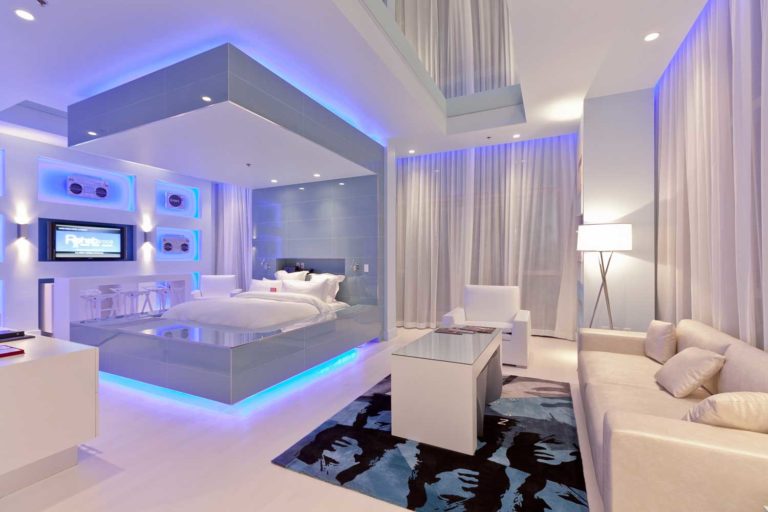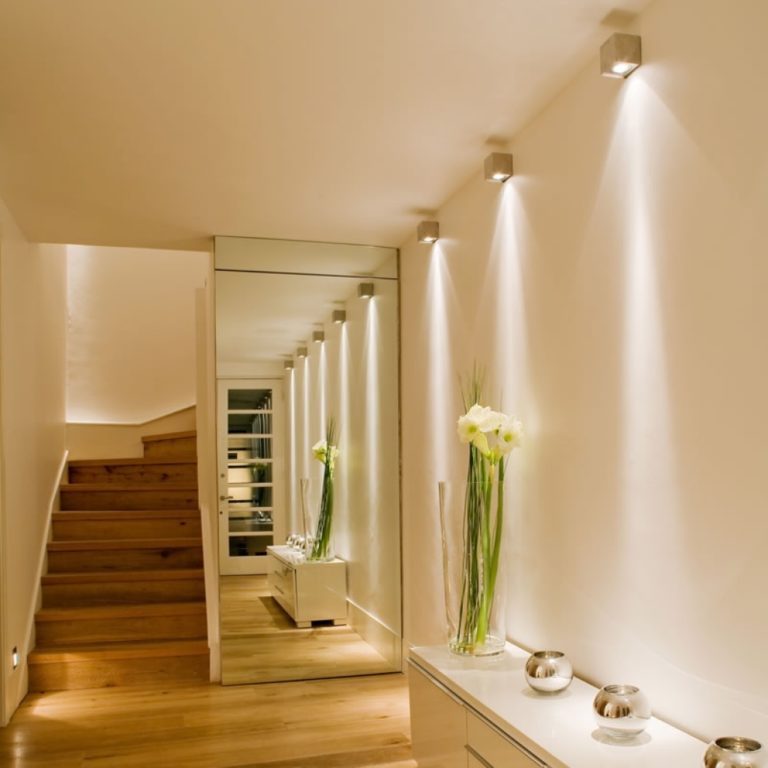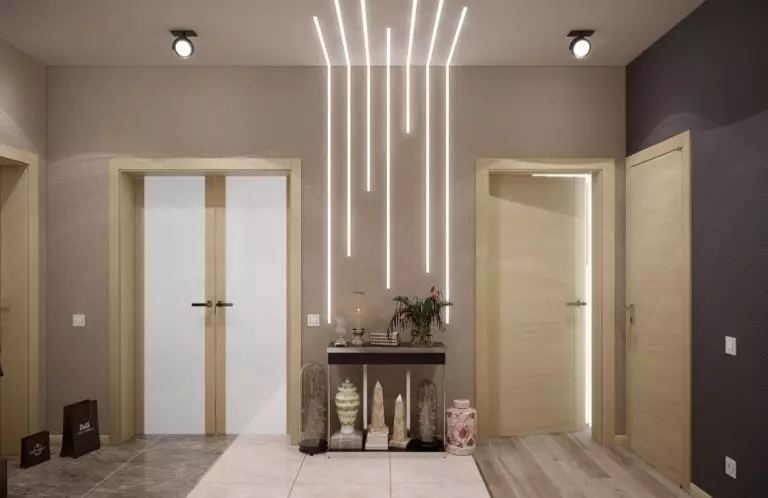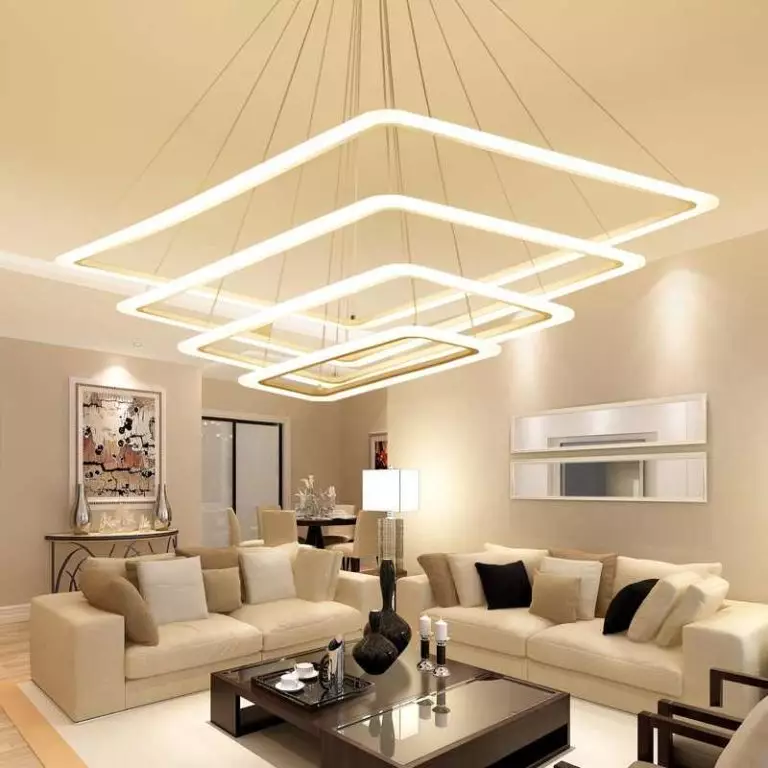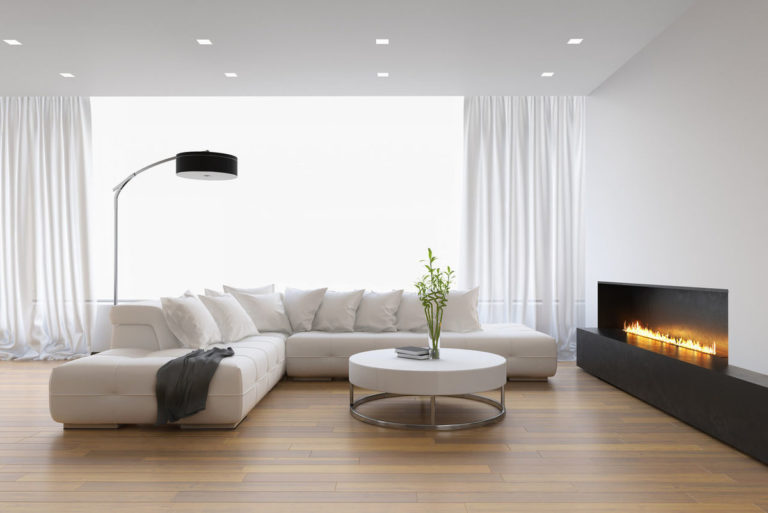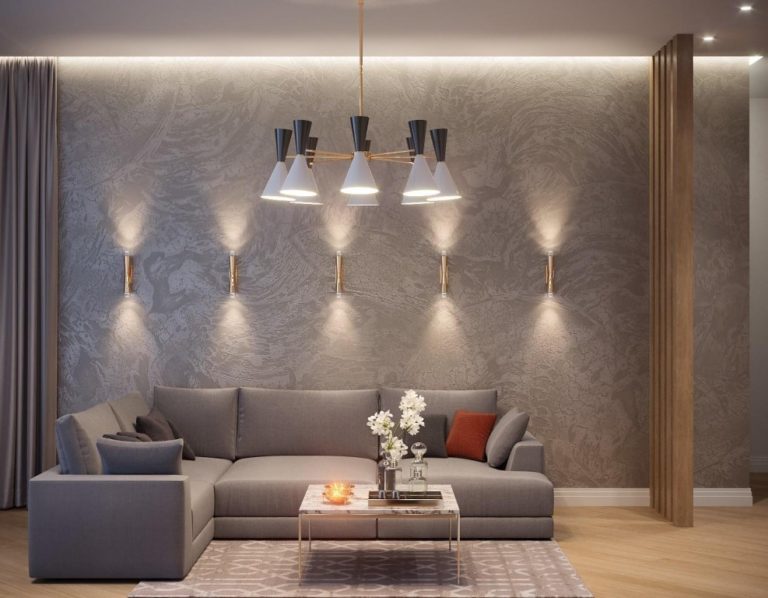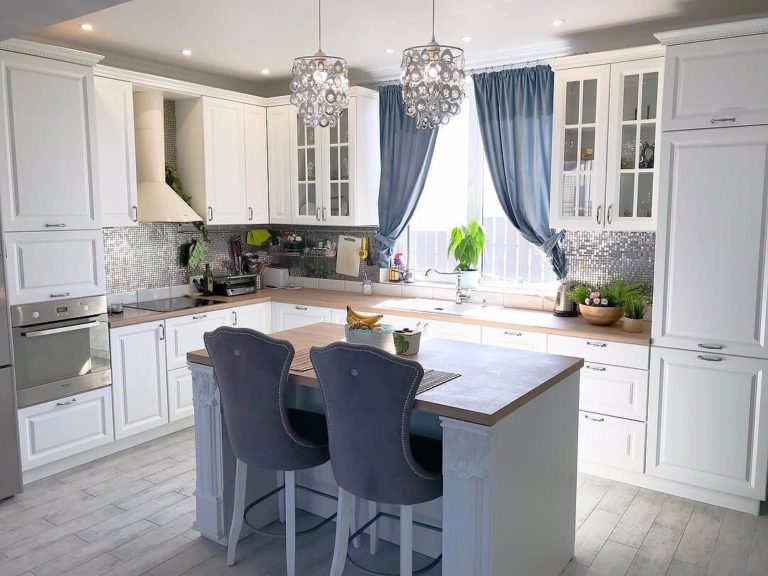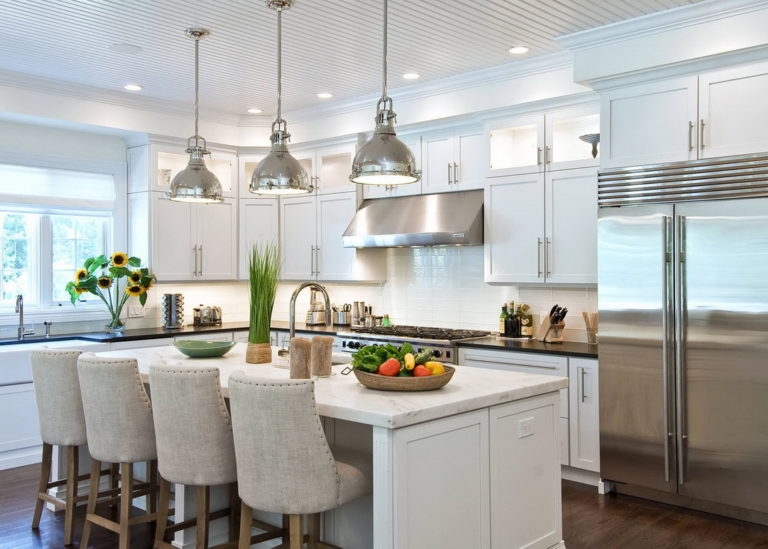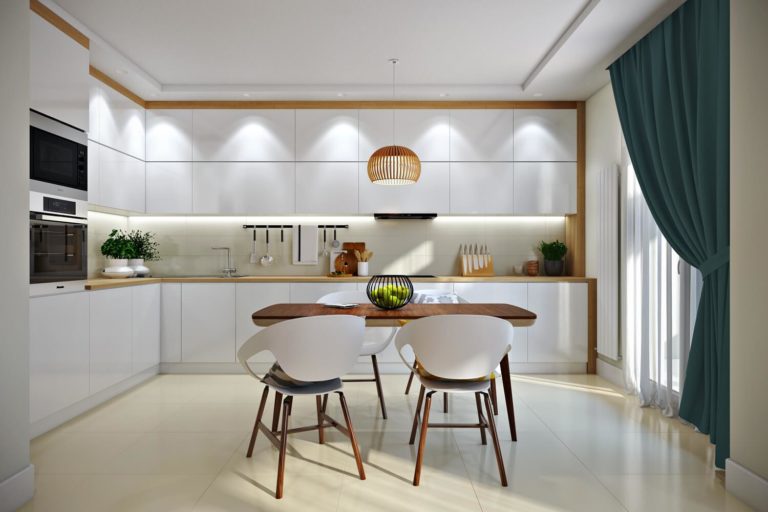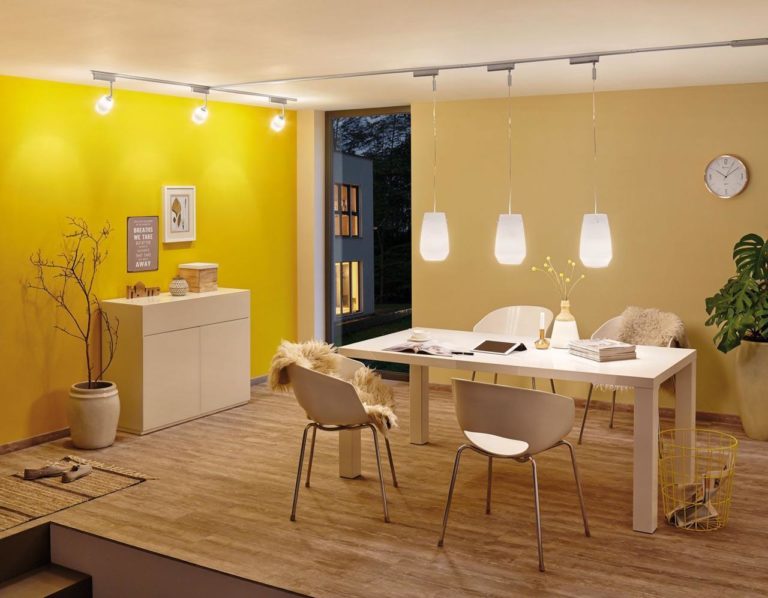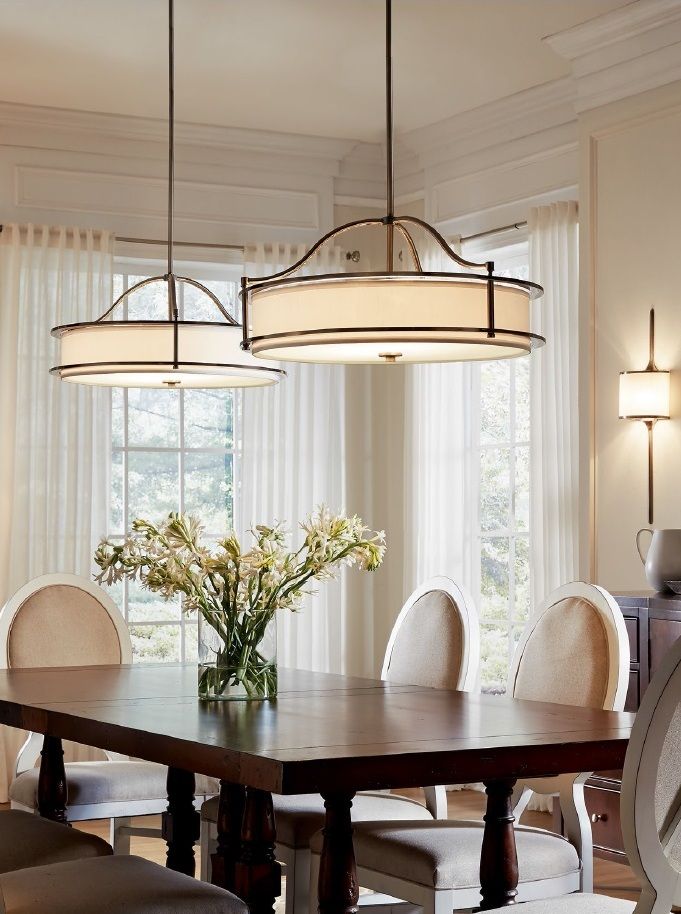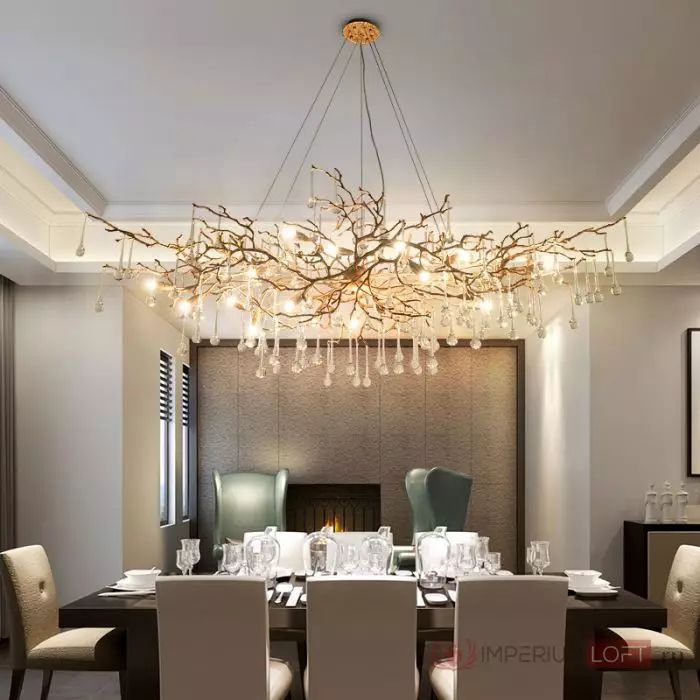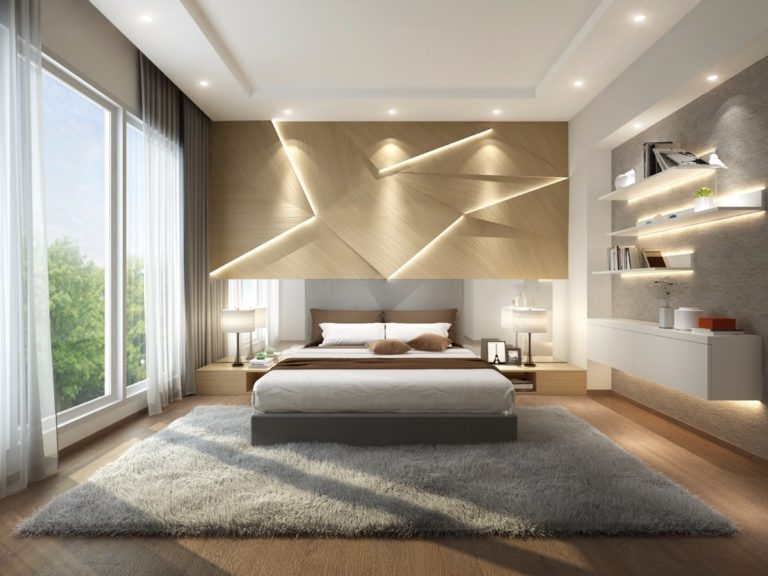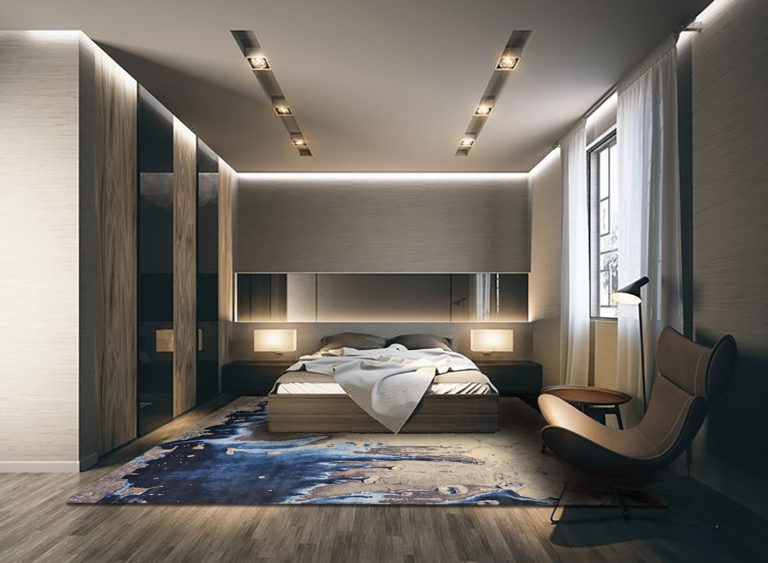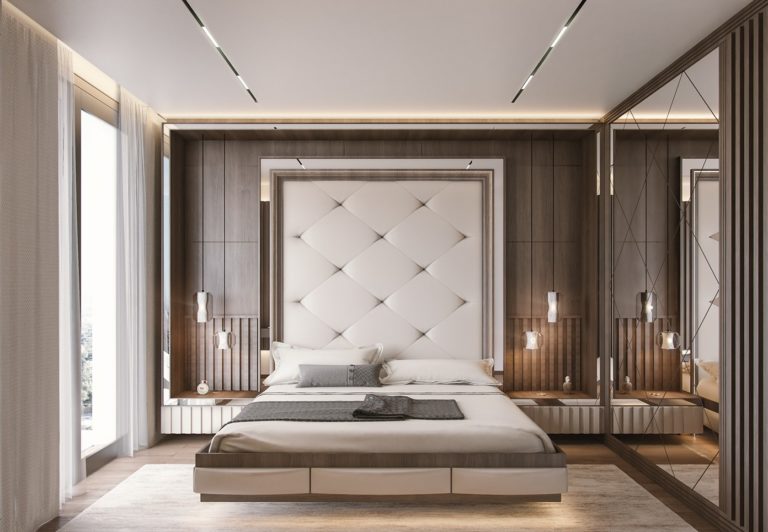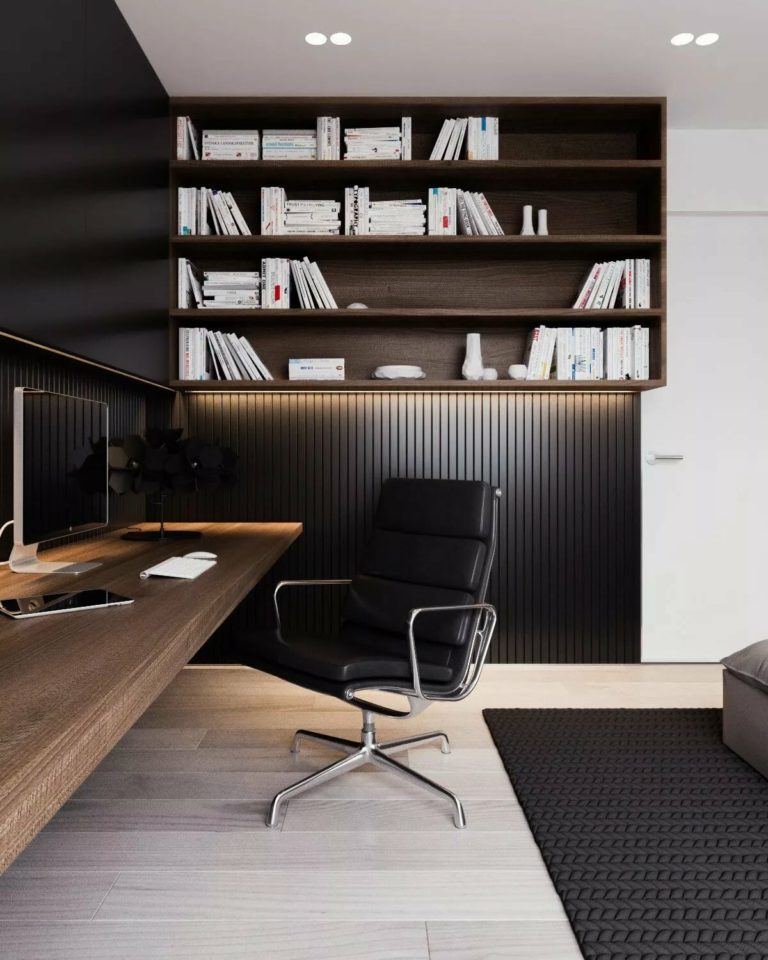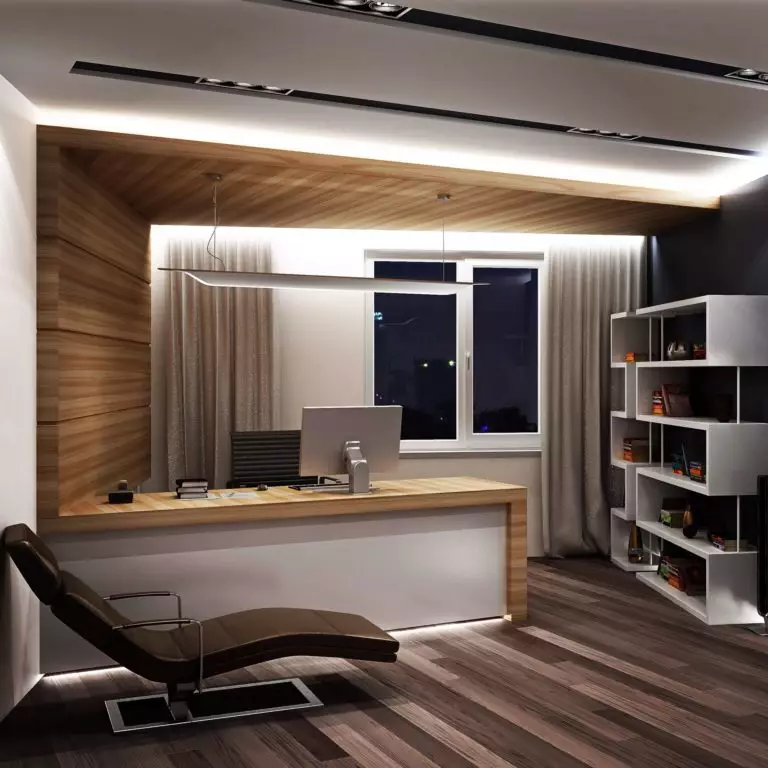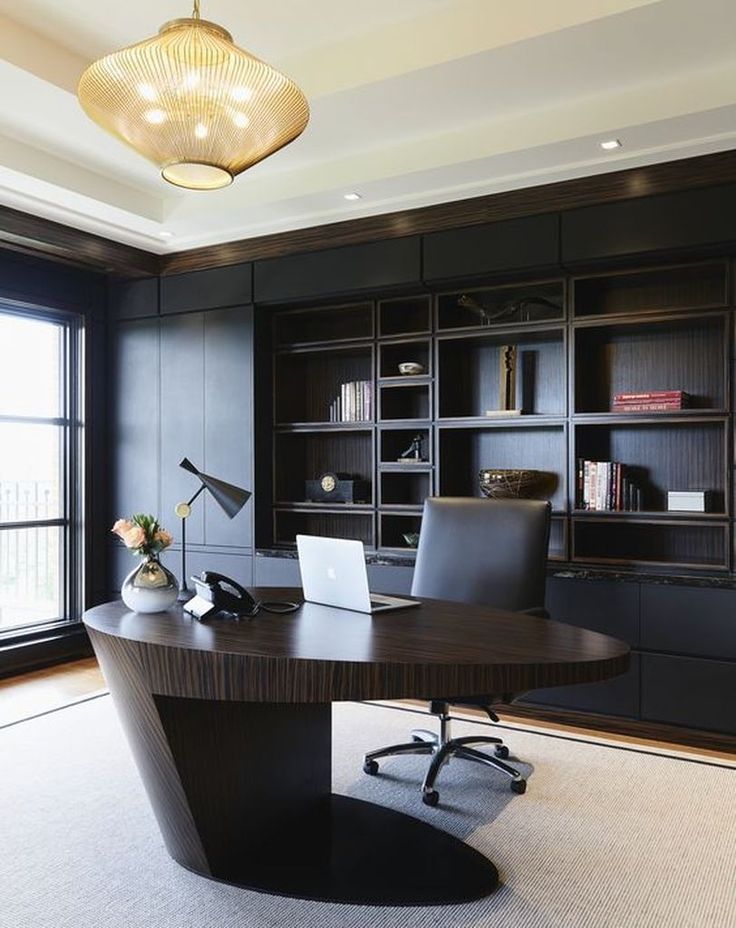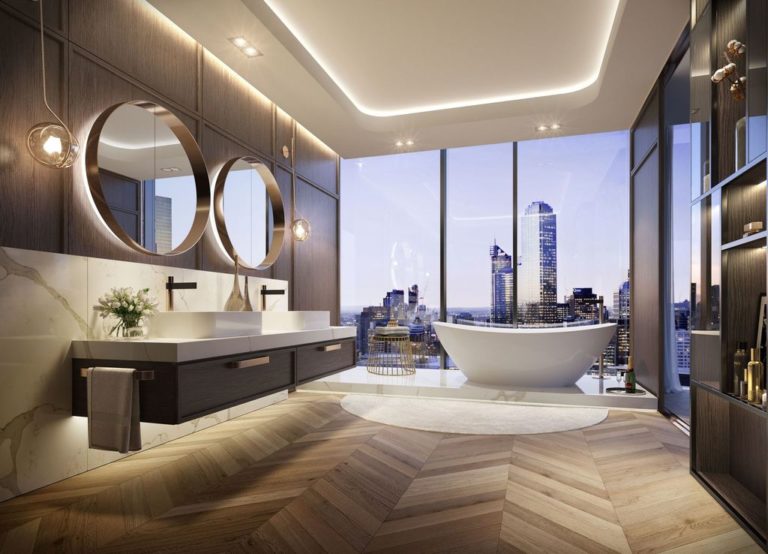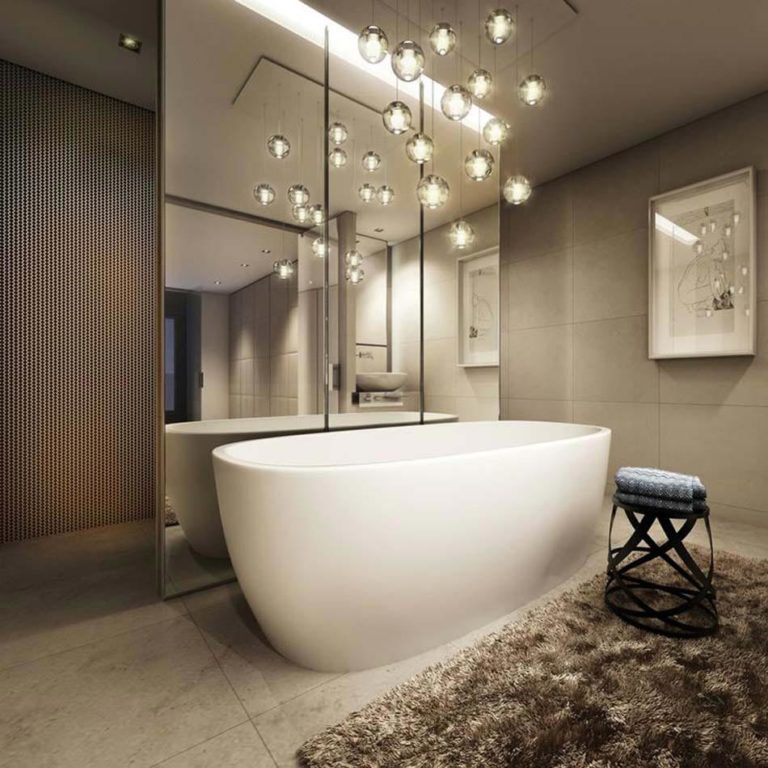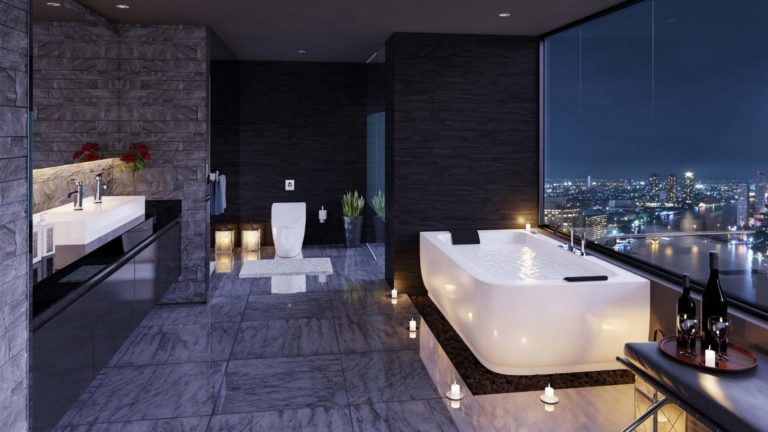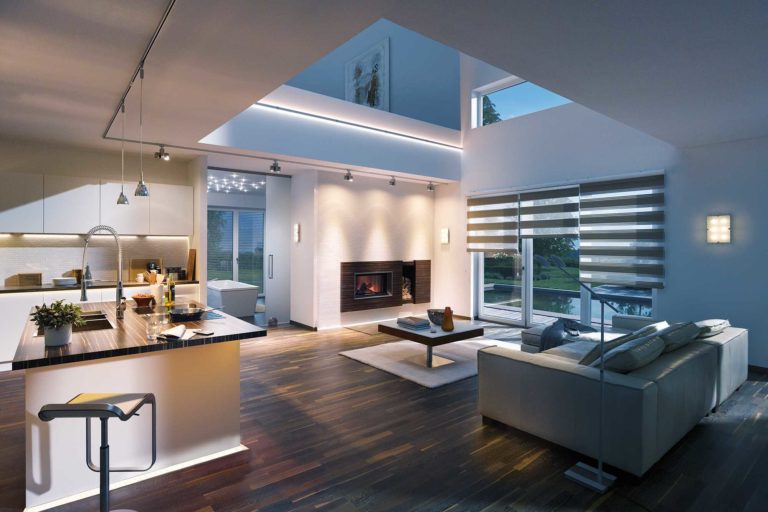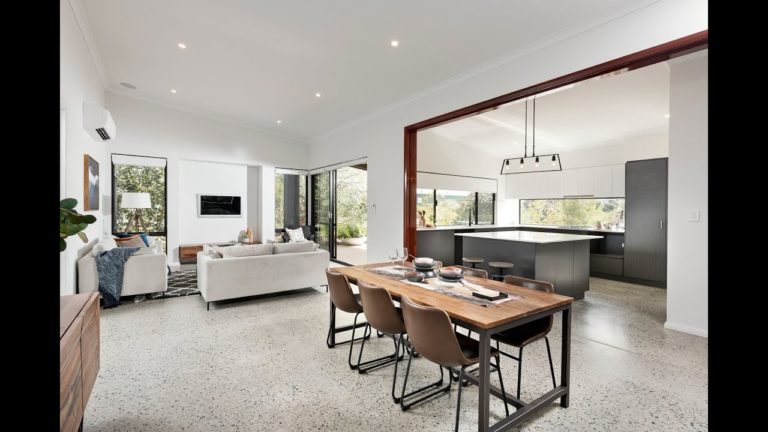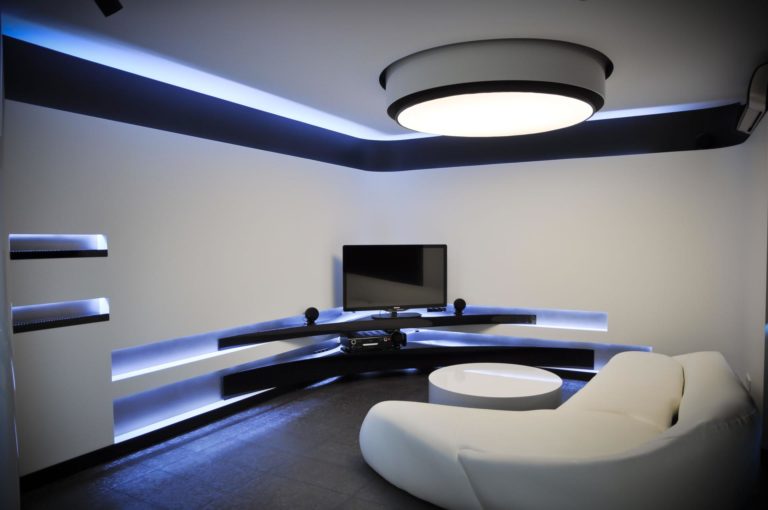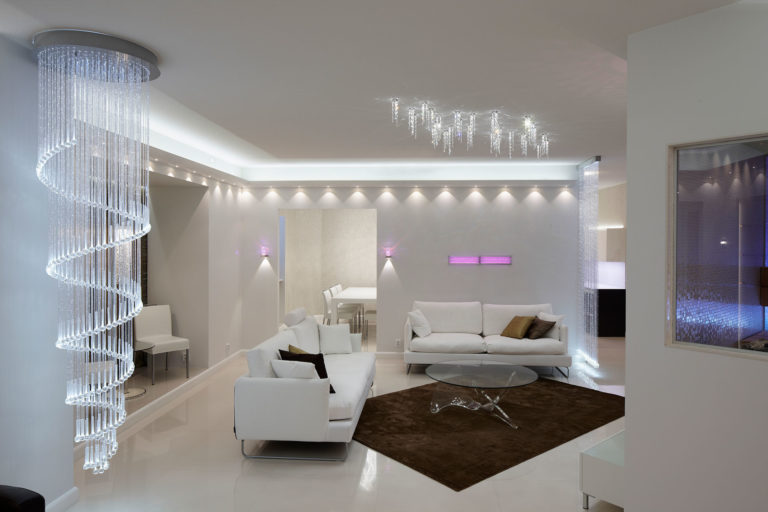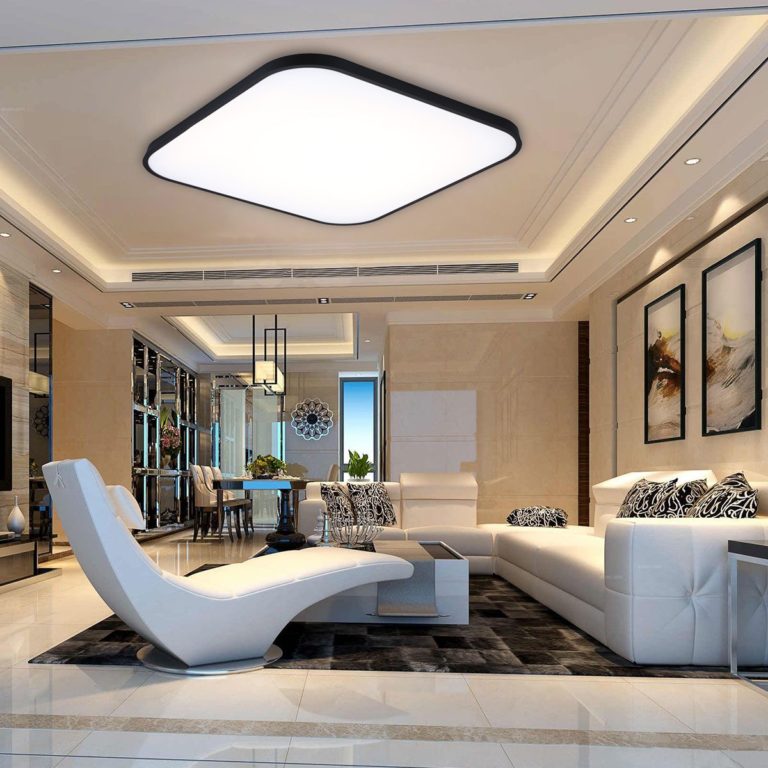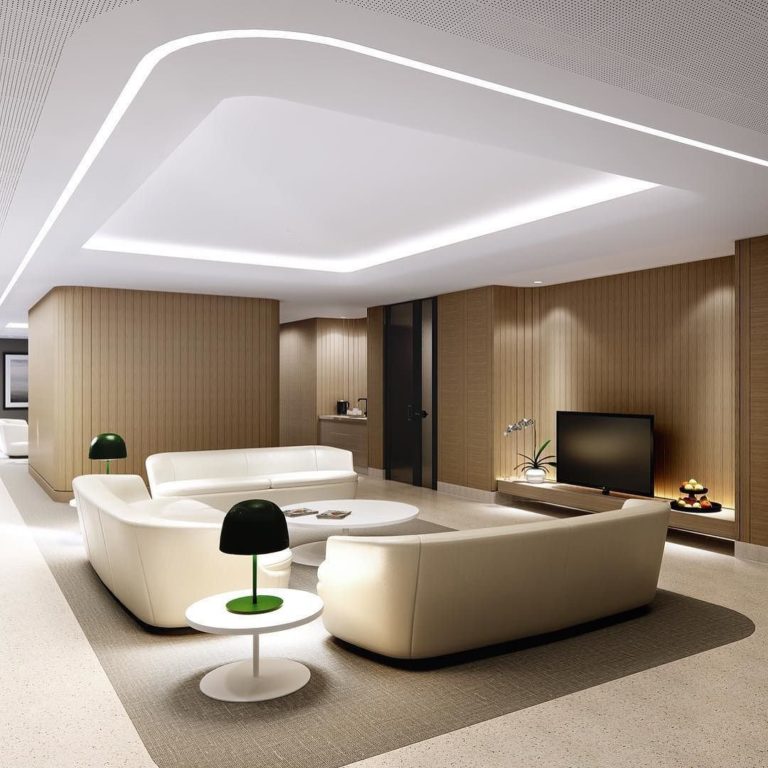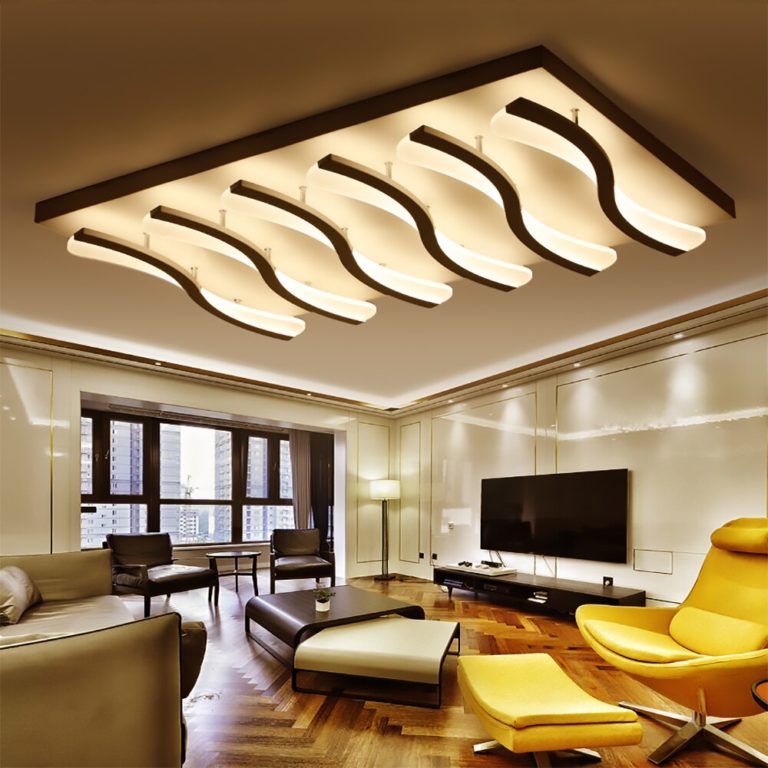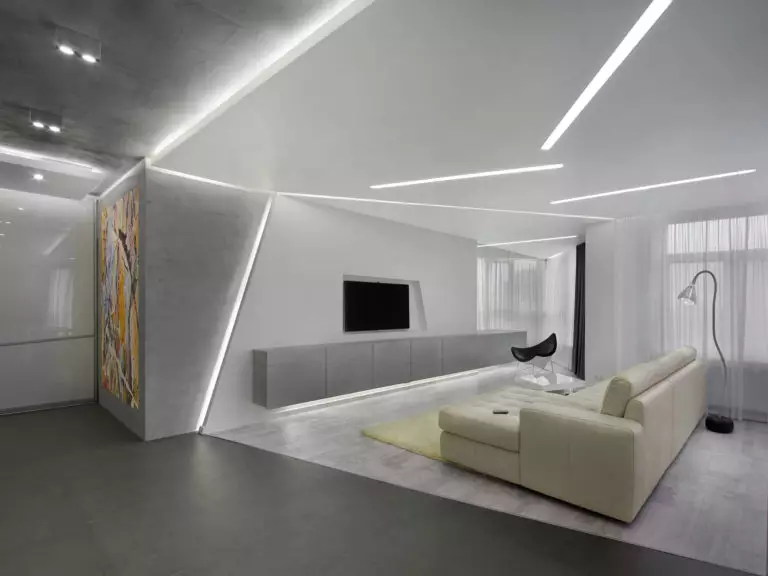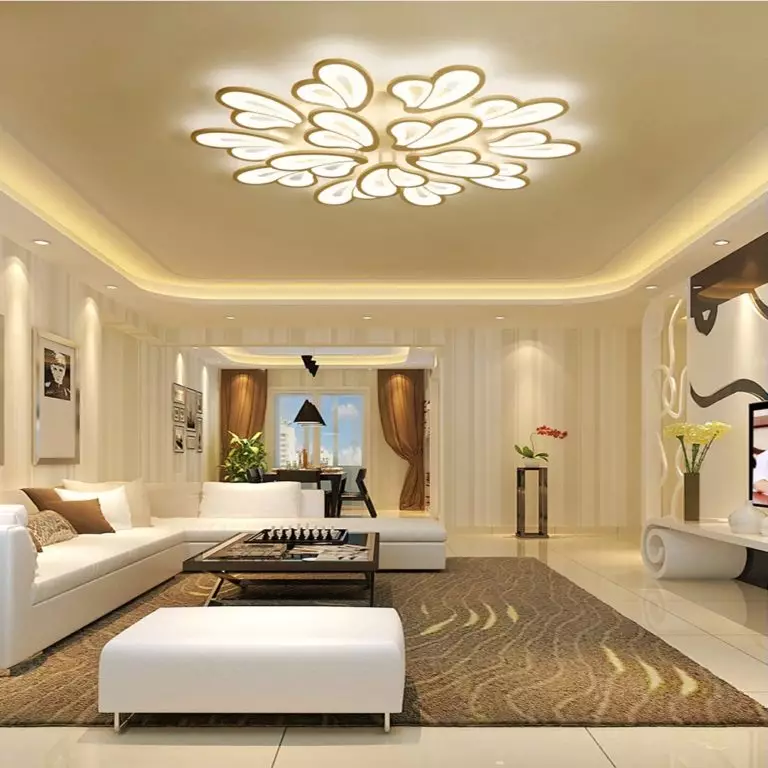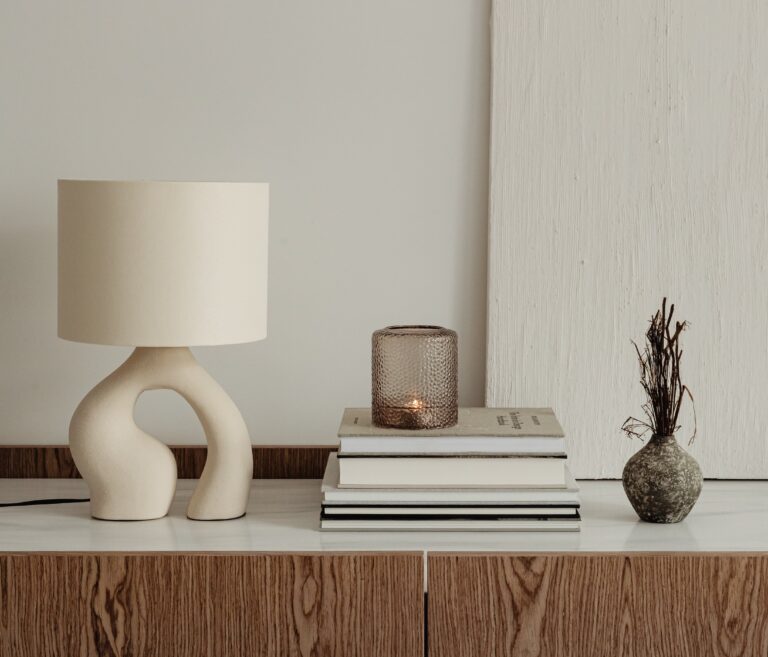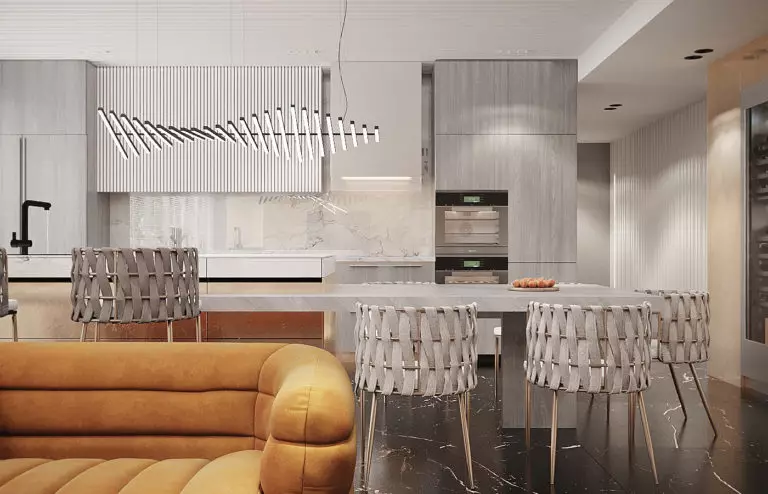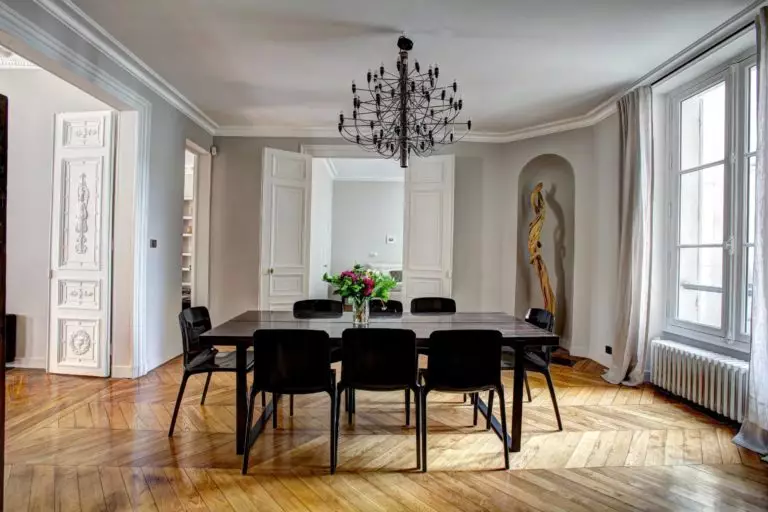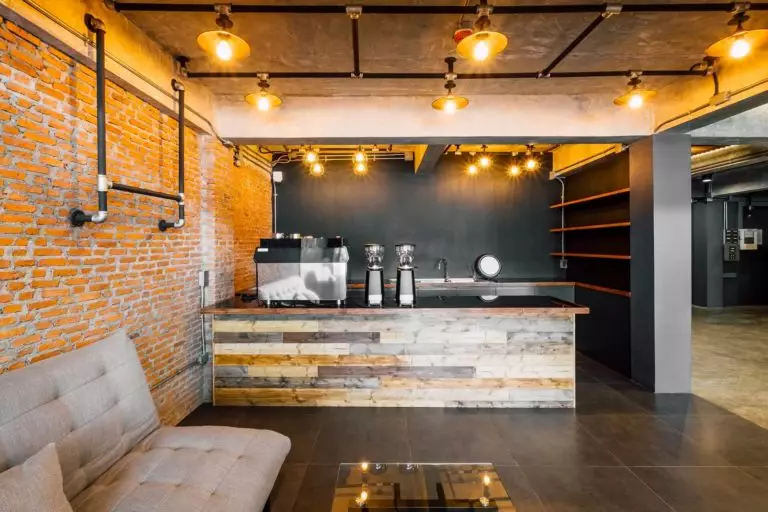
Home lighting can completely transform interiors, brighten up dark corners, and help create the perfect ambiance. However, with so many different styles to choose from, it is sometimes difficult to know where to start.
Our practical guide will help you find the perfect lighting fixtures for every room and corner of your home.
How to design home lighting?
Indoor lighting is one of the critical issues that should be considered before renovation and taken into account during the essential design preparation phase. It often happens that we start using an already decorated interior, and suddenly it turns out that there is not enough, for example, lighting above the kitchen counter.
To prevent this from happening, first, ask yourself a few questions.
If you already have a basic idea of what home lighting should look like, move on to the next steps. The right interior lighting is an investment for years to come!
Home lighting – the light source is important
When planning interior lighting, determine the appropriate parameters. It must be comfortable for the eyes. There is nothing worse than returning to an apartment with poor interior lighting after 8 hours of computer work. However, make sure also that the lighting is appropriate, depending on the activity being performed in the given space.
Home lighting – what parameters you should consider?
The main parameters when planning home lighting are:
Indoor lighting types
There are three main types of lighting, each with a different purpose. What to look for:
General lighting
You can use pendant, ceiling, or spot lighting for general lighting. These light fixtures provide a wide angle of light to illuminate the entire room well.
Use warm white light in general lighting. Such light is distinguished by parameters that will provide adequate illumination of the room.
Best parameters:
Therefore, if you want to illuminate the entire space, use a wide-angle of light incidence. Choose a transparent lampshade that won’t change the color of the light. Remember that the higher the Kelvin number, the colder and whiter the light.
Functional lighting – give your room the right function
Correctly selected general lighting is half the battle!
One of the most critical issues is the choice of lighting, depending on the function performed in a given room.
Functional lighting will brighten up those places in the house that perform certain functions and in which you execute specific actions.
Under-cabinet light fixtures are perfect for cooking, table lamps are perfect for work, wall lamps are perfect for reading, and wall lamps and spotlights are excellent choices for bathrooms.
If you want to focus on a specific thing, choose the light fixtures that will correctly direct the light beam and adjust its width. Such lighting will often be bright and spotty. You can also use them in spaces under kitchen cabinets, in niches, above the stove, or in the workplace.
Use neutral white light in functional lighting. The most commonly recommended values are 4000 Kelvin and approximately 600-1000 lumens. Use a medium angle to focus light where it is needed and illuminate the work surface by scattering light across a surface.
Accent lighting – create the right mood in your home
Accent lighting helps create a mood and atmosphere. It is used to accentuate a room’s interior and give the space a soft and cozy character. This kind of indoor lighting is suitable for a romantic dinner, or a pleasant family dinner.
Use warm white light for accent lighting, 2700 Kelvin and less than 600 lumens are parameters that create a warm and cozy atmosphere. Use a narrow-angle of incidence and darkening shadows to get the right light for your chosen activity while also providing a decorative effect that will add character to your interior.
You don’t have to limit yourself to one type of lighting in a given room – accent lighting and functional lighting complement each other perfectly and are suitable for separating different areas in the same space. From cooking and cleaning to reading and relaxing, it all depends on the right balance of lighting. A variety of light sources will create the right atmosphere in the interior and emphasize the beauty of every nook and corner of the house. Your living room may need soft, subtle lighting, but perhaps you have a place to read or give free rein to your creativity. In this case, it may be necessary to enrich the space with brighter functional lighting.
Right indoor lighting – pay attention to the nature of the room
Different areas of the home will require different combinations of lighting types to match the requirements and functions. From bright kitchens and lively bathrooms to quiet places where to relax. When considering choosing the best lighting fixtures for different rooms, consider their nature. You should use different light fixtures for a bright kitchen, frequently visited bathroom, and a bedroom designed for relaxation.
Below are some tips for lighting your home.
Corridor and entrance
Expressive ambient lighting will help enhance the aesthetic of the interior. Pendant lights, spotlights, and ceiling lights work well in the hallway. The use of a transparent lampshade in pendant lights will complete the interior design. The table lamps on the side table will also provide some accent light, which will give the interior a welcoming look and make the room cozy.
Living room
Premises for various purposes, such as a living room, are suitable for applying multiple types of lighting. Pendant or ceiling lights are standard solutions to brighten dark corners, balance the light, and even reduce fatigue! They are the main sources of light in the home and are suitable for everyday tasks.
But when you turn on the lights in the evening, you will want a warm relaxing hue. Using a table or floor lamp in the interior is a great way to change the mood. A comfortable reading chair can be turned into a cozy sitting corner, thanks to an original lamp.
Kitchen
The kitchen is the centerpiece of every home. Therefore, a lot of light is needed here. Ceiling spots and grommets provide powerful, focused light that brilliantly illuminates specific areas. Lighting spots are a subtle way to illuminate an entire space and provide ideal lighting conditions for activities such as chopping, cooking, and cleaning. Each bulb can be angled to focus the light where you want it to be.
Also, don’t forget to illuminate the countertop with a more relaxed light – you can use LED strips or solutions under the cabinet for this.
Dining room
When it comes to a dining room or other space that fulfills its function, the main thing is to create a comfortable and friendly atmosphere that will help everyone relax and make the right mood. Pendant lamps placed above the table can be an element of general lighting and a clear reflection of the aesthetic preferences of households. Using table and floor lamps, you can adjust the lighting level to give the space the character you want.
As you can see, home lighting, in addition to its practical function, also performs a decorative function.
Bedroom
General and functional lighting are perfect for a bedroom. Wall lights are a great choice for reading, as well as lighting up bedside tables and dressing tables. Installing a wall lamp on the bed’s edge will provide a comfortable reading lamp that won’t dazzle at night—no need to get up from a warm bed to turn off.
Placement of the lamp on a dresser or nightstand can be no less functional. The choice is vast – from simple and modern table lamps to models with decorative lampshades. It all depends on taste and preference.
Home Office
To improve focus and concentration, start with ambient lighting, making sure you can see everything well. Then add an original desk or floor lamp that will provide additional functional lighting around the work area.
Bathroom
It is often one of the smallest rooms in the house, but it must fulfill many functions. Therefore, the key is to use different lighting types in the bathroom – it is creating a space for morning routine and a place for evening relaxation. If the room lacks natural light, general lighting is necessary to illuminate the area well. Ceiling and wall lights are ideal for general bathroom lighting, while ceiling eyelets, spotlights, cabinet lights, and mirror-mounted lamps are suitable for everyday activities. In turn, for activities such as shaving or applying makeup, you should choose a cold-colored wall lamp (4000 Kelvin) installed near the mirror.
Home lighting – an emphasis on bright and original solutions
As you can see, home lighting is a significant issue in interior design. Even the best interior design will not work if you do not take care of well-chosen indoor lighting.
Light fixtures allow you to see the surrounding objects and have a positive effect on the appearance of the interior and the mood that prevails in every room. Hence, it is also essential to take into account aesthetic values. They should be in harmony with the rest of the interior. You will find many possibilities in the store’s assortment – some bulbs resemble diamonds. Others have a beautiful ball shape – they can be functional and have decorative value and stand out in appearance. With smart bulbs, you can even control the light source while staying comfortably on your chair.
You can choose from a wide range of shades and moods that you can adapt to your needs. Find the right lighting, create a harmonious interior, and express your style.
